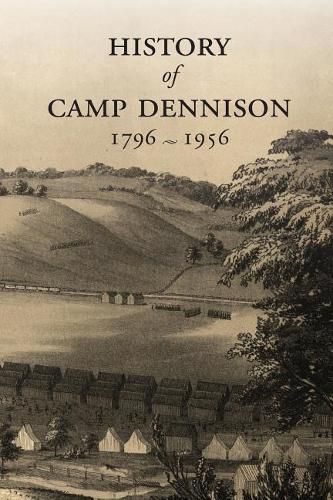Readings Newsletter
Become a Readings Member to make your shopping experience even easier.
Sign in or sign up for free!
You’re not far away from qualifying for FREE standard shipping within Australia
You’ve qualified for FREE standard shipping within Australia
The cart is loading…






n 1794, Revolutionary War veteran Christian Waldschmidt settled on the Little Miami River just east of Cincinnati and founded a community called New Germany. In 1804, he built his home which included a store. Waldschmidt actively encouraged settlement and New Germany grew to include a church, school, sawmill, blacksmith shop, distillery, and a paper mill.
During the Civil War, the grounds and house became part of Camp Dennison, a Union training center and hospital post named for Governor William Dennison. The main house, now known as Waldschmidt House, served as headquarters for General Joshua Bates.
Following the Civil War and into the twentieth century, the house fell into disuse and disrepair. In 1941, the Ohio Society Daughters of the American Revolution assumed ownership of the property and undertook its restoartion. In 1953, the property was dedicated and opened to the public as a museum.
$9.00 standard shipping within Australia
FREE standard shipping within Australia for orders over $100.00
Express & International shipping calculated at checkout
n 1794, Revolutionary War veteran Christian Waldschmidt settled on the Little Miami River just east of Cincinnati and founded a community called New Germany. In 1804, he built his home which included a store. Waldschmidt actively encouraged settlement and New Germany grew to include a church, school, sawmill, blacksmith shop, distillery, and a paper mill.
During the Civil War, the grounds and house became part of Camp Dennison, a Union training center and hospital post named for Governor William Dennison. The main house, now known as Waldschmidt House, served as headquarters for General Joshua Bates.
Following the Civil War and into the twentieth century, the house fell into disuse and disrepair. In 1941, the Ohio Society Daughters of the American Revolution assumed ownership of the property and undertook its restoartion. In 1953, the property was dedicated and opened to the public as a museum.